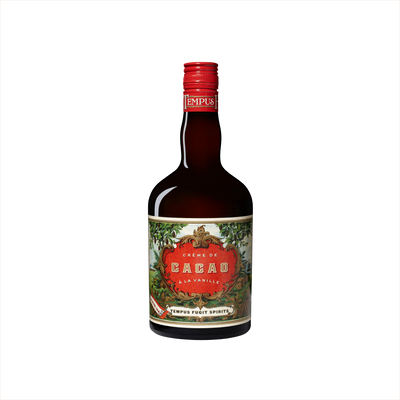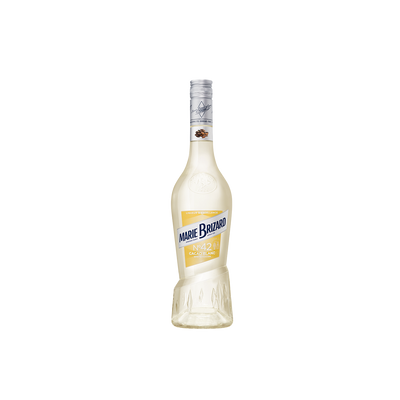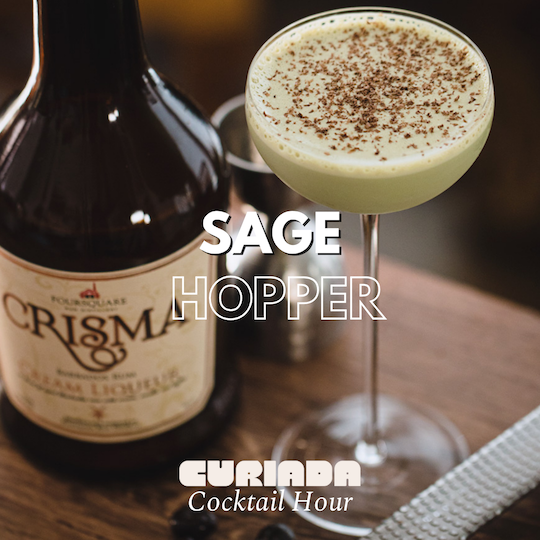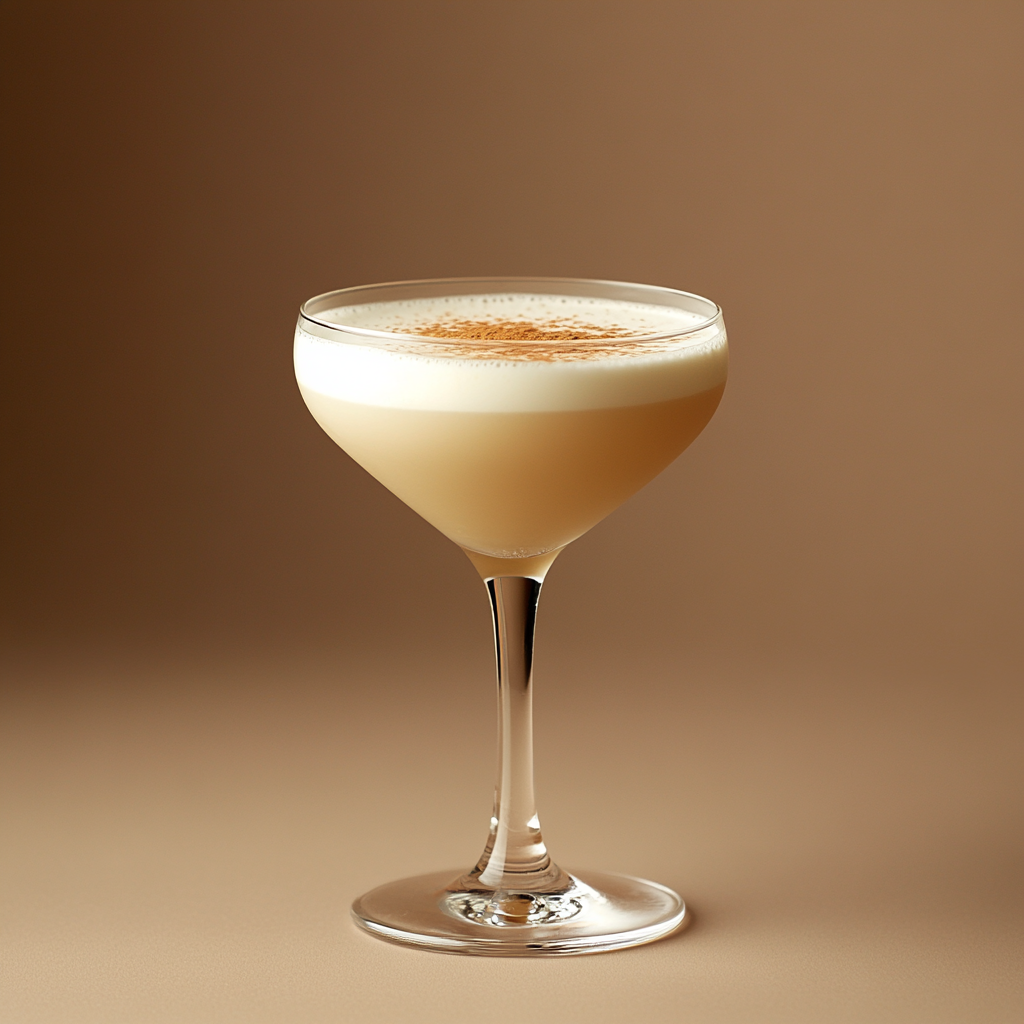Chocolate & Confectionery Liqueurs
What is Chocolate & Confectionery Liqueurs?
Chocolate & Confectionery Liqueurs represent a delightful category of Liqueurs that capture the rich, indulgent flavors of your favorite sweet treats in liquid form. These spirits blend neutral grain alcohol or brandy with natural and artificial flavorings that mimic chocolate, caramel, vanilla, coffee, nuts, and other confectionery ingredients. What defines this category is the focus on dessert-like profiles that range from creamy chocolate cream liqueurs like Baileys to intensely flavored options like amaretto or coffee liqueurs, all designed to satisfy your sweet tooth while providing the warming kick of alcohol.
Learn More About Chocolate & Confectionery Liqueurs
What makes Chocolate & Confectionery Liqueurs unique?
Chocolate and confectionery liqueurs stand apart from other liqueurs through their ability to capture the nostalgic essence of childhood treats while maintaining sophisticated adult complexity. Unlike fruit or herbal liqueurs that rely on natural botanicals, these spirits recreate the rich, indulgent flavors of candy shops and dessert tables—think crème de cacao's velvety cocoa notes or amaretto's sweet almond warmth. Their production often involves specialized techniques like cocoa bean infusion or candy-making processes, creating textures and flavor profiles that transform cocktails into liquid desserts.
How is Chocolate & Confectionery Liqueurs made?
Chocolate and confectionery liqueurs start with a neutral spirit base that gets infused with real cocoa, chocolate extracts, or candy flavoring through maceration or distillation processes. Producers often add natural sugars, cream, or other dairy components to achieve that rich, dessert-like texture and sweetness that defines these indulgent spirits. The final step involves careful blending and filtration to create a smooth, consistent product that captures the essence of your favorite sweet treats in liquid form.
How do you drink Chocolate & Confectionery Liqueurs?
Chocolate and confectionery liqueurs shine brightest when sipped neat as an after-dinner digestif, their rich sweetness providing the perfect punctuation to a memorable meal. While some people enjoy them on the rocks or in small shots, these indulgent spirits really come alive in creamy cocktails like White Russians, Mudslides, and Brandy Alexanders, where their dessert-like qualities complement coffee, cream, and other rich ingredients. They're absolute naturals during fall and winter months when you're craving something cozy by the fireplace, and they make any holiday gathering or romantic evening feel extra special with their luxurious, comforting character.
How do I choose a good Chocolate & Confectionery Liqueurs?
When selecting chocolate and confectionery liqueurs, consider the base spirit and cocoa quality—premium brands use real chocolate rather than artificial flavoring, which makes all the difference in both neat sipping and mixing. For cocktails like espresso martinis or mudslides, opt for darker chocolate liqueurs with robust cocoa notes that won't disappear when mixed, while lighter drinks benefit from cream-based options like white chocolate or vanilla liqueurs that add sweetness without overpowering delicate flavors. Always taste before buying if possible, as these liqueurs vary wildly in sweetness levels and some can be cloying rather than balanced.
Nutritional Information
Typical Calorie Range per Ounce: 80-120 calories
Typical Carbohydrate Range per Ounce: 10-16 grams
Typical Sugar Range per Ounce: 8-14 grams
Typically Gluten Free: Yes
Most chocolate and confectionery liqueurs are naturally gluten-free since they're distilled from sugar-based sources and flavored with chocolate, vanilla, and other confectionery ingredients. The higher calorie and sugar content reflects the sweet, dessert-like nature of these indulgent spirits. Popular brands like Godiva, Baileys Chocolat Luxe, and Kahlúa fall within these ranges, though cream-based chocolate liqueurs tend to sit at the higher end of the calorie spectrum.
Important Note: Always check detailed product information and labels to confirm gluten-free status, as manufacturing processes and added ingredients can vary between brands and specific products.
Scrolled this far? Your reward? Chocolate & Confectionery Liqueurs Trivia!
- The famous Godiva chocolate liqueur actually contains zero cocoa beans. Instead, it gets its chocolate flavor from a proprietary blend of natural and artificial flavors mixed with neutral grain spirits. The rich, creamy texture comes from real dairy cream, but the "chocolate" part is entirely manufactured in flavor labs.
- Crème de Cacao was originally created by French monks in the 1600s as a medicinal tonic. They believed the combination of cacao and alcohol could cure everything from stomach ailments to melancholy. The clear "white" version wasn't invented until the 1800s when distillers figured out how to extract chocolate flavor without the dark color - perfect for cocktails where appearance mattered.
- Amaretto gets its almond flavor not from almonds, but from apricot pits. The bitter kernels inside apricot stones contain the same compound (benzaldehyde) that gives almonds their distinctive taste. Most commercial amaretto brands use this trick because apricot pits are cheaper and more readily available than actual almonds.
- The liqueur Sambuca contains star anise, which creates a fascinating chemical reaction when you add water. The clear liquid turns milky white because the essential oils become visible when diluted - the same principle behind the Greek ouzo effect. This "louching" happens because the oils are soluble in high-proof alcohol but not in water.
- Kahlúa's recipe includes actual Arabica coffee beans that are cold-brewed for hours, but here's the kicker: the coffee extraction happens after fermentation, not before. The company ferments sugar cane, adds the coffee extract to the resulting spirit, then ages everything together. This backwards approach creates a smoother integration of flavors than simply mixing coffee and rum.
Higher-proof spirits can be intense. Mix carefully, taste thoughtfully, and enjoy responsibly.
Gift message (optional)





